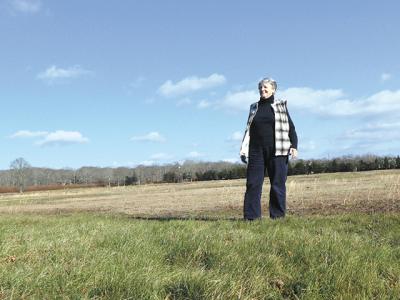Indoor Tennis Aims to Reopen by Weekend After Tuesday Fire
Indoor Tennis Aims to Reopen by Weekend After Tuesday Fire

An early Tuesday morning fire that was sparked and fed by a corroded pipe carrying propane has left East Hampton Indoor Tennis without power and heat. The club, which is on Daniel's Hole Road, aims to reopen by the weekend, according to its managing partner, Scott Rubenstein.
Tom Baker, an East Hampton fire marshal and a volunteer firefighter with the Springs Fire Department, was on the scene both during the blaze and after it was extinguished. The Springs department had been called to East Hampton to back up that department's firefighters. Also on hand was the Sag Harbor Fire Department. Mr. Baker said that Sag Harbor frequently sends a rapid intervention team to fires to aid firefighters in distress.
The corroded pipe leaked gas into the wooden building, Mr. Baker said, and it appeared that when the heater went on, it ignited the gas. While there was not enough to cause an explosion, the gas acted like a fuse, licking fire up the side of the building.
Mr. Rubenstein said he received a call reporting the fire at about 1:35 in the morning, and rushed to the scene. It was 33 degrees, he said. When he arrived, there were a couple dozen firefighters on the roof of the building, pouring water into the structure through several holes they had opened in the roof.
Surveying the scene in the light of day, Mr. Rubenstein pointed out extensive damage to the structure. However, none of the other buildings, including a new bowling alley and sports bar being built on the property, were damaged.
The problem for the club, at least for the next few days, is that all the electrical power for the buildings behind the clubhouse, including the indoor tennis courts, runs through the clubhouse's electrical room. "It doesn't look like much water got into the electrical panels," Mr. Rubenstein said. A portable generator has been brought in to power heat blowers to dry out the room.
Mr. Baker's concern is the possibility that wiring has been damaged by the fire, making it unsafe to use.
On the bright side, Mr. Rubenstein pointed out that the weather forecast called for above-average temperatures this weekend.
He praised the firefighters' work in combating the blaze. "Seeing about 30 guys I have grown up with on top of my building; I was 100 feet away and that was too close. These guys have to go to work in the morning. They are amazing. It was the most amazing thing."






